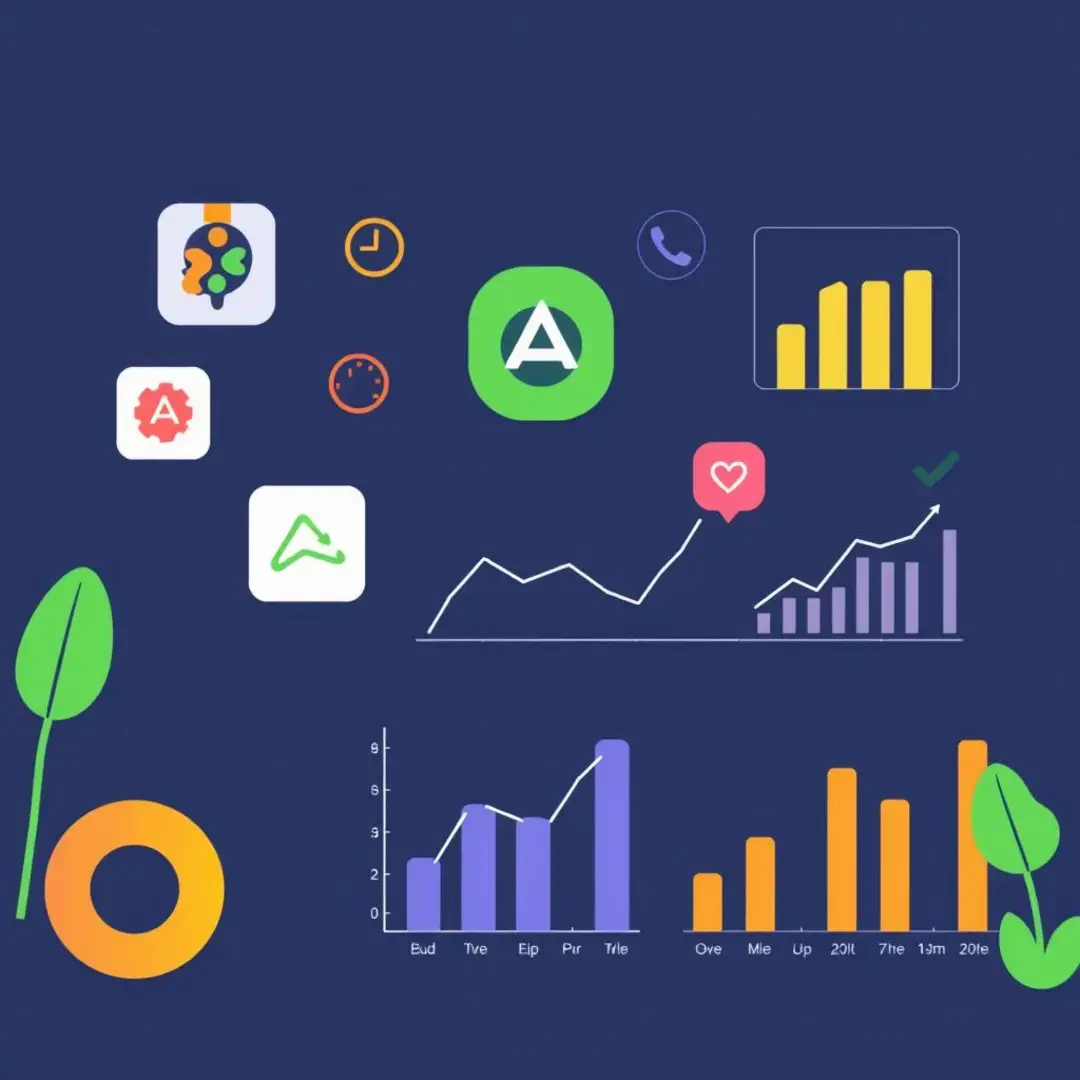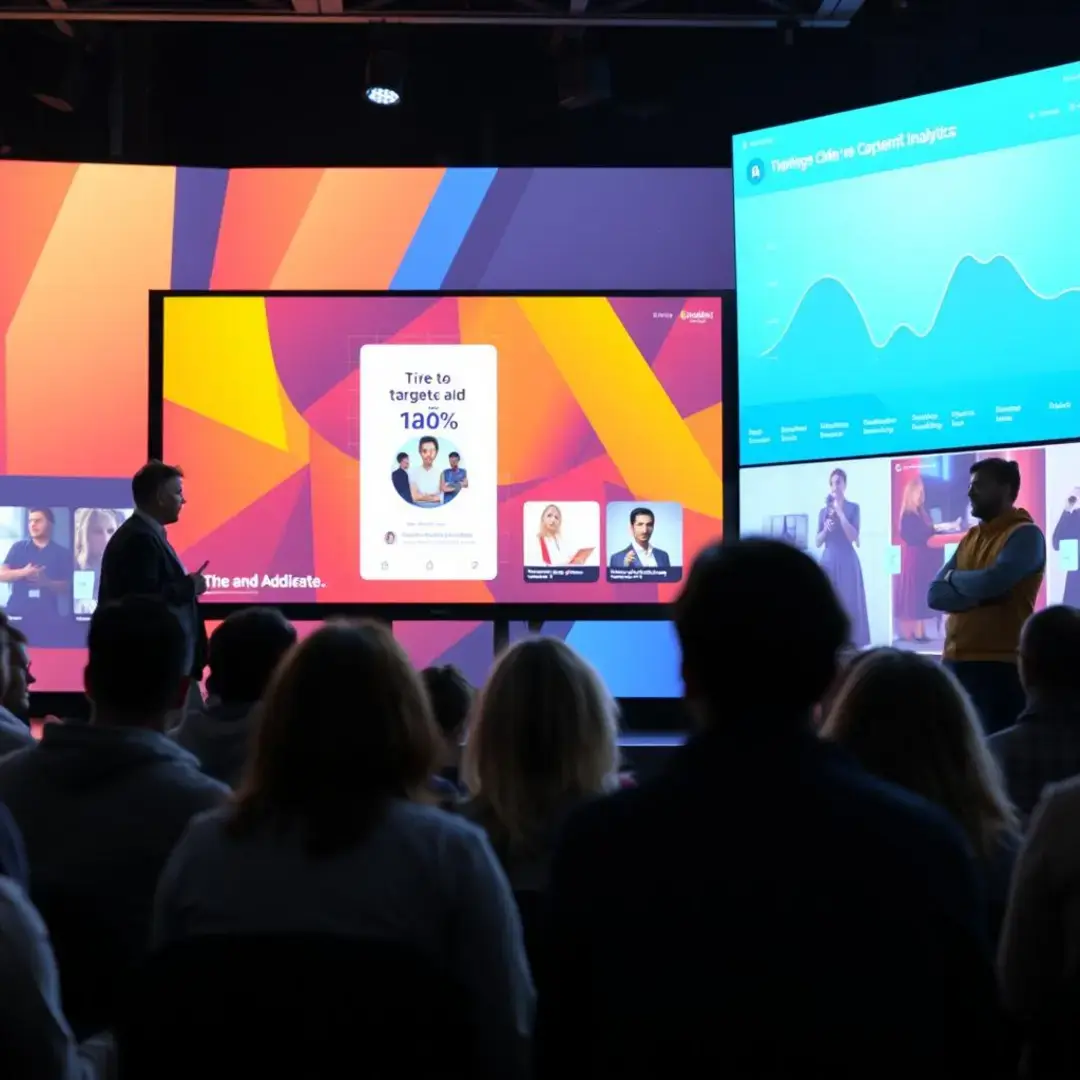Ad Targeting
Introduction

Overview of Ad Targeting in Marketing Automation
Ad targeting is a pivotal component of marketing automation, allowing businesses to strategize how to reach their audiences in the digital space. It involves using data to target potential customers with precision, thereby enhancing engagement and conversion rates. By utilizing various methodologies, companies can ensure their advertising is not just seen, but resonates with the right individuals. With the rise of AI and machine learning, the sophistication of ad targeting has escalated significantly, making it a crucial focus for marketers today. Ultimately, effective ad targeting can lead to increased sales and enhanced brand loyalty, affirming its role as a cornerstone in marketing automation strategies.
Key Trends in Ad Targeting

Emerging Trends
Contextual advertising is gaining traction as it allows marketers to place ads based on the surrounding content within a webpage. This method enables more relevant ads to be presented to consumers, thereby boosting their chances of engagement. For instance, a recipe blog may feature cooking utensil ads, aligning perfectly with the readers’ interests. The ability to create tailored experiences based on current browsing context is proving to be a game changer in connecting ads to potential buyers.
Another key trend is predictive targeting, which utilizes data analytics and AI to predict consumer behavior. By analyzing past behaviors and trends, marketers can anticipate what products consumers may want and when. This strategy not only improves the likelihood of conversion but also enriches the customer experience by showcasing products at the right time. Predictive targeting represents a shift towards more intelligent advertising strategies where understanding consumer needs takes precedence.
Industry Impact
The impact of effective ad targeting is palpable in ROI improvements across various industries. Companies can save resources by focusing on ads that are likely to reach prospective clients. This precision results in lower costs per acquisition and higher sales conversion rates. As organizations leverage advanced technologies, the trend of greater ROI will undoubtedly continue, allowing businesses to flourish in competitive landscapes.
With targeted advertising, customer engagement has reached new heights. By delivering content that resonates with users on a personal level, brands foster stronger connections with their audience. More relevant advertisements lead to higher interaction rates, which can transform casual viewers into loyal customers. This improved engagement ultimately drives brand loyalty and further enhances business reputation.
Challenges and Limitations
While ad targeting presents numerous advantages, it also brings challenges—particularly concerning data privacy. In an age where consumers are increasingly aware of their digital footprints, the ethical implications of data collection are under scrutiny. Brands must navigate regulations such as GDPR and CCPA, balancing effective targeting with the respect for user privacy. This tension poses a significant challenge for marketers striving to create personalized experiences without compromising consumer trust.
The rise of ad-blocking technology presents another hurdle for digital marketers. Users who feel overwhelmed by intrusive advertisement techniques often resort to ad blockers, creating a barrier to reaching your target audience. As this trend grows, advertisers need to innovate and adapt their strategies to engage consumers without appearing obtrusive. Creative, non-intrusive advertising methods will be essential for overcoming this limitation.
Top AI Apps in Ad Targeting

App Overview
AdEspresso is a leading platform that simplifies the process of creating and managing ad campaigns across multiple channels. Its user-friendly interface allows marketers to implement advanced targeting quickly.
Google Ads remains a staple tool for digital marketers. With robust features for targeting and optimization, it enables advertisers to reach users precisely when they’re searching for related products.
Facebook Ads Manager offers powerful targeting capabilities based on user demographics and behavior on social media platforms. This app allows marketers to create highly tailored advertising experiences that maximize engagement.
Unique Selling Points (USPs)
AdEspresso stands out for its simplicity and A/B testing features, allowing marketers to optimize campaigns effortlessly.
Google Ads’ unique selling point is its extensive reach, giving advertisers access to a massive audience across the Google ecosystem.
Facebook’s USP lies in its advanced audience segmentation capabilities, allowing brands to target users based on intricate lifestyle and behavioral data.
Key Benefits
AdEspresso provides in-depth analytics and insights that help marketers improve their campaigns over time, ensuring continued success.
The biggest benefit of Google Ads is its performance-driven model, offering advertisers clear metrics to gauge effectiveness.
Facebook Ads Manager allows advertisers to utilize engaging formats such as videos and interactive posts, enhancing overall user experience.
Use Cases
Marketers use AdEspresso for running high-performing ads for e-commerce businesses, where continual testing is crucial.
Google Ads is frequently leveraged for local businesses to drive foot traffic through location-based targeting.
Businesses often turn to Facebook Ads Manager for building brand awareness among niche audiences, driving engagement through social proof.
Comparing the Top Apps

Feature Comparison
AdEspresso offers flexible pricing options, whereas Google Ads primarily runs on a pay-per-click model, which can be tailored based on budget. Facebook Ads Manager similarly adopts a pay-per-click approach, making it accessible for various business sizes.
All three apps provide varying levels of analytics, but AdEspresso excels with its intuitive dashboard, making complex data easy to understand. Google Ads offers analytically rich insights, although with a steeper learning curve. Facebook Ads Manager is well-regarded for its audience analysis tools.
Best for Specific Needs
If deep analytics and ease of use are top priorities, AdEspresso would be the ideal choice.
Google Ads shines for local businesses needing to attract foot traffic through targeted search results.
Future Outlook

Future Developments
AI-powered personalization is set to redefine ad targeting as algorithms become increasingly intelligent about consumer preferences. This will lead to an even more seamless merging of advertising with the user experience.
Cross-device targeting will also see significant enhancements, enabling marketers to reach users on multiple devices effectively. This approach ensures that advertisers can maintain engagement throughout the customer journey, regardless of device.
Market Predictions
Market analysts predict a continued boom in programmatic advertising, with more businesses automating their ad purchases to improve efficiency. This evolution will further streamline ad targeting processes.
The use of AI in ad targeting is expected to expand, allowing for even more innovative solutions in terms of data utilization and customer engagement strategies.
Potential Impact on Users
Consumers can expect to see a higher frequency of relevant advertisements tailored specifically to their interests, leading to a more personalized browsing experience.
As a result of these advances, the overall user experience will likely improve, reducing ad fatigue and increasing consumer satisfaction as ads become more contextually aligned with their needs.
How to Choose the Right App

Factors to Consider
When choosing an ad targeting app, assessing your budget is crucial. Consider both initial costs and long-term investments to ensure a sustainable advertising strategy.
Understanding your target audience’s demographics, interests, and online behavior will help select the platform that aligns with these factors effectively.
Step-by-Step Guide
First, clearly define your marketing goals, whether that be increasing brand awareness, generating leads, or driving conversions. This clarity will guide your choice.
Assess your team’s capabilities and the specific features you need from an ad targeting platform, such as analytics or segmentation tools.
Conclusion

In conclusion, ad targeting continues to evolve, fueled by emerging technologies and increasing consumer expectations. As businesses embrace AI applications in marketing automation, the landscape will shift towards more personalized, relevant experiences for users. However, with opportunities come challenges, such as data privacy concerns and ad fatigue due to blocking technology. Understanding the key trends, and making informed choices about ad targeting applications can provide a competitive edge in the marketplace. Ultimately, the focus on relevance and personalization will define the future of ad targeting, creating a win-win situation for both brands and consumers.
Tools to Help
SEMrush can provide valuable insights into competitor strategies and advertising trends, aiding in the selection process.
HubSpot’s marketing tools can assist in understanding your audience better and tracking campaign performance.


